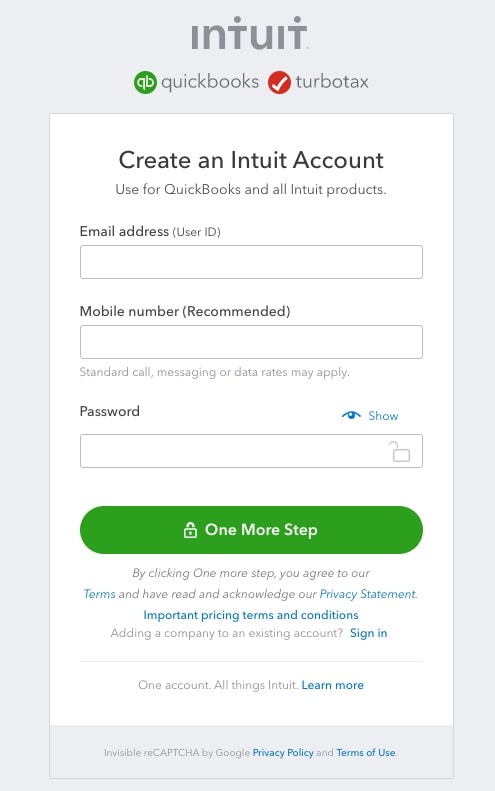- UK QuickBooks Community
- :
- QuickBooks Q & A
- :
- Transactions
- :
- Loan to Director
- Mark Topic as New
- Mark Topic as Read
- Float this Topic for Current User
- Bookmark
- Subscribe
- Printer Friendly Page
- Mark as New
- Bookmark
- Subscribe
- Highlight
- Report Inappropriate Content
Loan to Director
A Director has borrowed money from the company for a personal purchase. Do not want to record it as such as don't want it to look like income to Director. So 1) How do I document the long term loan and 2) record the payments being made into the company bank account to start paying off the loan?
Thank you
Solved! Go to Solution.
Labels:
0 Cheers
Best answer April 06, 2021
Solved
Accepted Solutions
- Mark as New
- Bookmark
- Subscribe
- Highlight
- Report Inappropriate Content
Loan to Director
Hello jacky-ferguson-n, In the case where the director used money from the business rather than loaning money to the business, then yes you can create an asset account; select accounting > chart of accounts > new > account type will be current assets > in the detail type select loan to others > enter a name e.g. Directors loan> save and close. When you then forward the amount to the director, we presume from your business bank account, create an expense; select the New+ icon > expense > Enter/create the director in the payee field > in the payment account select the bank account the amount is being paid from > in the date field select the date the amount was debited from your account > in the category column enter the asset account you created earlier > enter the amount of the loan in the amount column > in the amounts are field select No VAT > save and close. When the director pays you the amount back, or a proportion, create a bank deposit; select New+ > bank deposit > in the account field in the top left ensure you have selected the bank that the amount was received to and the corresponding date in the date field > in the received from column, within the 'add funds to this deposit' section, enter the name of the director > in the account column select the asset account in the amount column enter the amount that was received > in the amounts are field select No VAT. It is recommended by HMRC for directors not to loan money from the business so you may want to confirm with an accountant.
0 Cheers
3 REPLIES 3
- Mark as New
- Bookmark
- Subscribe
- Highlight
- Report Inappropriate Content
Loan to Director
Hello Jacky-Ferguson-n,
Welcome to the Community page,
What you need to do is set up a loan in the chart of accounts for current liabilities, then you need to know if it is going to be longer then a year or under 12 months to repay. Then you need to call the account what you want. Then you can enter in how much you owe from what date. Then When you go to pay the loan you then put the bank you want to pay it from in.
0 Cheers
- Mark as New
- Bookmark
- Subscribe
- Highlight
- Report Inappropriate Content
Loan to Director
Would it not be a long term loan receivable? Move the current portion to current accounts receivable? The director then paying the money back reduces the current asset?
Thank you
0 Cheers
- Mark as New
- Bookmark
- Subscribe
- Highlight
- Report Inappropriate Content
Loan to Director
Hello jacky-ferguson-n, In the case where the director used money from the business rather than loaning money to the business, then yes you can create an asset account; select accounting > chart of accounts > new > account type will be current assets > in the detail type select loan to others > enter a name e.g. Directors loan> save and close. When you then forward the amount to the director, we presume from your business bank account, create an expense; select the New+ icon > expense > Enter/create the director in the payee field > in the payment account select the bank account the amount is being paid from > in the date field select the date the amount was debited from your account > in the category column enter the asset account you created earlier > enter the amount of the loan in the amount column > in the amounts are field select No VAT > save and close. When the director pays you the amount back, or a proportion, create a bank deposit; select New+ > bank deposit > in the account field in the top left ensure you have selected the bank that the amount was received to and the corresponding date in the date field > in the received from column, within the 'add funds to this deposit' section, enter the name of the director > in the account column select the asset account in the amount column enter the amount that was received > in the amounts are field select No VAT. It is recommended by HMRC for directors not to loan money from the business so you may want to confirm with an accountant.
0 Cheers
Featured

Ready to get started with QuickBooks Online? This walkthrough guides you
th...
